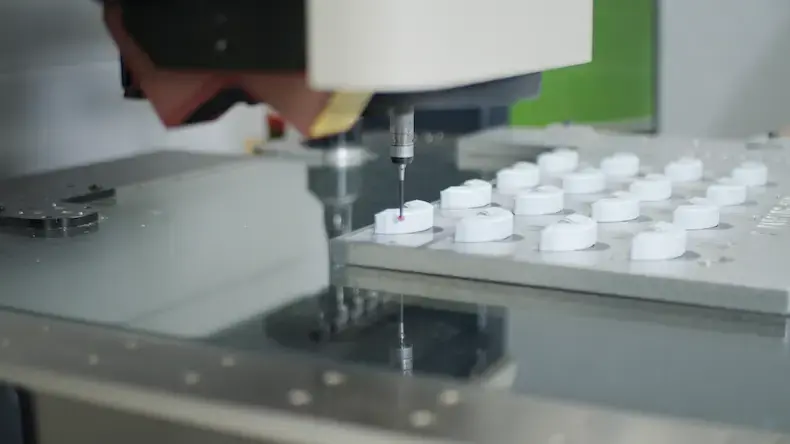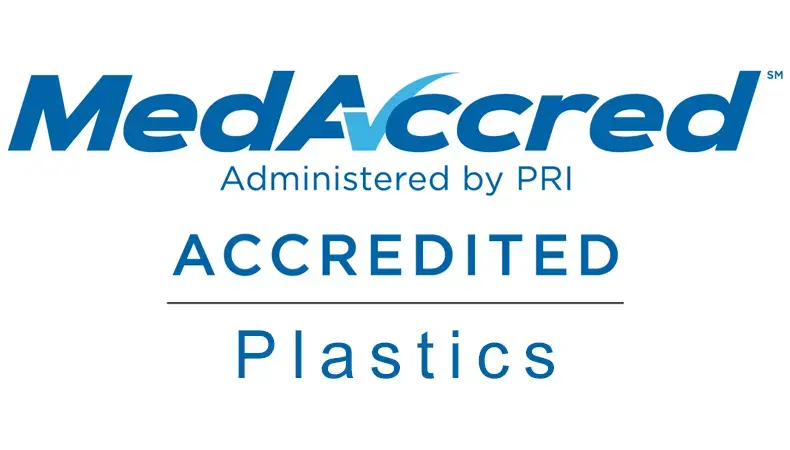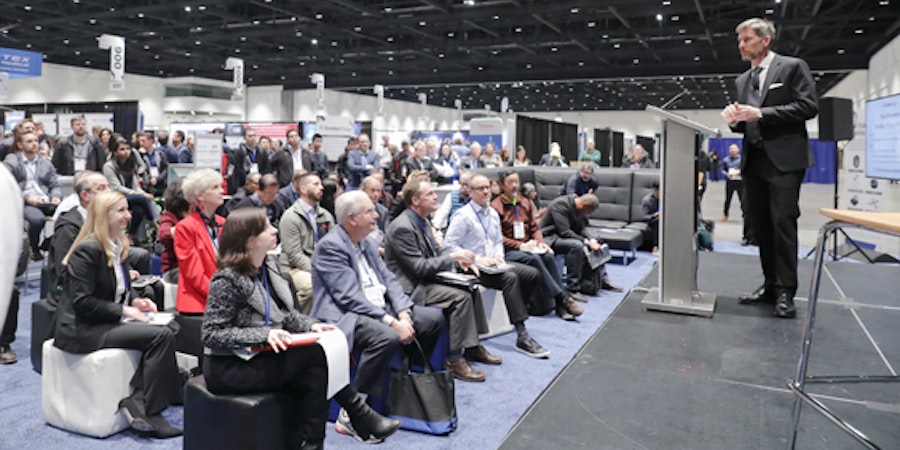How MD&M West 2024 Keeps MedTech Professionals Ahead of the Curve

MD&M West is one of the largest and most respected medical device trade shows in the United States. The 2024 event on February 6-8 is sure to live up to this well-earned reputation.
Whether it’s your first trip to the Anaheim Convention Center, you’re a return visitor, or you’re unable to attend but still interested in the latest tech and trends, there’s something valuable for everyone at MD&M West 2024.
Interact with Exhibitors from the Global MedTech Community
The MD&M West 2024 trade show floor boasts more than 1,500 exhibitors, each with unique solutions and innovations that are helping advance the MedTech industry throughout the world. Easy booth access provides opportunities to experience and explore the latest in thes medical sectors:
- Medical devices and technology
- Digital health
- Hospital equipment and supplies
- Cardiovascular
- Pharmaceuticals
- And many more
MD&M West 2024 is a great space for connecting and networking with suppliers and colleagues. It also presents educational opportunities you won’t find all in one place anywhere else.
Learn Firsthand from Medical Industry Experts
MD&M West 2024 is a powerful source of knowledge, bringing together foremost authorities to share their expertise in engaging, interactive educational formats. This year, you’ll find both free and paid sessions that cover the latest MedTech trends and topics, including:
- MedTech Theater tracks highlighting:
- 3D packaging for medical applications
- Medical device sterilization
- Medical device sustainability
- Glass packages and microfluidics
- Doing business in the United States and Europe
- Costa Rica’s MedTech ecosystem
- Past, present and future of medical devices
- China’s medical device market
- Medical Battery Conference and Workshops covering:
- Medical battery performance, reliability, hygiene, and costs
- Safety and regulations
- Special standards and certifications
- Design and applications
- Discover. Engineer. Build. Conference encompassing:
- Advanced manufacturing
- Product design and development
- Emerging technologies and next-gen design
- MiniTec, presented by SPE
- MedTech security, UI, UX, and digital transformation
- Regulations, research, and development
A number of Discover. Engineer. Build. Conference sessions are dedicated to topics that influence medical injection molding, and medical device product development — specifically materials and processes.
Take a closer look at the different aspects of medical molding through the lens of:
Materials-Focused Education Sessions
- Materials: Innovations in Resins, Surface Modifications, and Processing
- Materials: Silicones Bringing New Benefits & the Use of Surface Modifications
- Global Impact of PFAS on Medical Poliymers & Devices
- Progress Updates in Sustainability of Medical Polymers
- New Product Designs Highlighting & Enabled by Medical Polymers
Process-Focused Education Sessions
- Design for Manufacturability and Assembly (DFMA) in Medical Device Development
- Medical Device Project Management Best Practices
- Risk Management Strategies for Medical Device Design and Manufacturing
- Design of Manufacturing: The Overlooked Processes of Product Development
- Manufacturing in the USA: Productivity Plateaus, Paradoxes, and Proven Solutions
- The Best of All Worlds - Collaboration with Internal Engineering, Contract Manufacturers, and Outside Design Firms
Find Kaysun in Booth #1897
Medical injection molding is sophisticated. It requires specific expertise to achieve success, and not all molders have it. Kaysun is not only a proven partner to many OEMs in the medical industry, we also have MedAccred Plastics accreditation — one of few injection molders in the United States with that elite distinction.
Ready to discuss a project or want to find out more about what Kaysun offers? Visit booth #1897 to meet Kaysun engineering team experts and get hands-on demonstrations of top-quality, complex injection-molded medical device components we developed and produced.
Who You’ll Meet
If you stop by Booth #1897 or pre-schedule a 1:1 engineering consultation, you’ll meet these key Kaysun team members:
- Ben Harrison, President and CEO
- Ken Glassen, VP of Engineering
- Jenna Vogel, Business Development Engineer
- Kevin Hutts, Sales Representative
MD&M West 2024 is going to be exciting, informative and a showcase of MedTech’s best in medical device innovation. Stop by Booth 1897 or pre-schedule a 1:1 engineering consultation to learn more about how our MedAccred-accredited medical injection molding processes can elevate your current and future projects.
Subscribe
TO OUR BLOG

How Do Injection Molder Partnerships Influence Project Costs?
You Might Also Like...

How MedAccred Accreditation Helped Kaysun Enhance Processes & Quality Systems
When you operate at the top of your game, reach higher. Kaysun had already shown i…
READ MORE

Why Ongoing MedAccred Accreditation Matters to Medical Manufacturers
Kaysun's commitment to excellence is well documented through its certifications, i…
READ MORE

5 Presentations You Need to See At MD&M West 2022
On April 12-14, 2022, the Anaheim Convention Center (Anaheim, California) will pla…
READ MORE